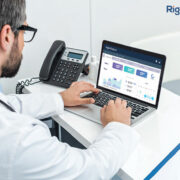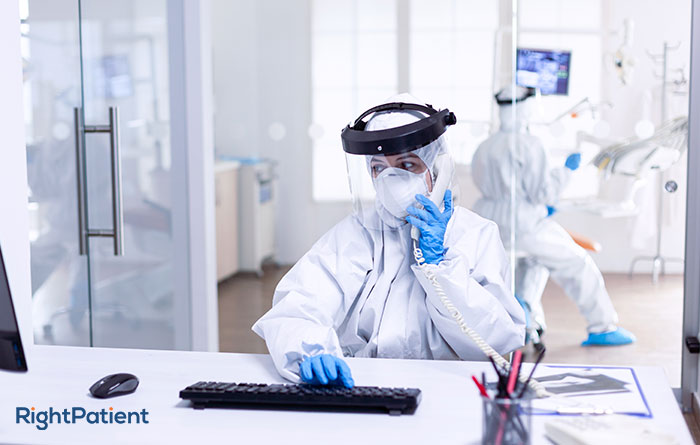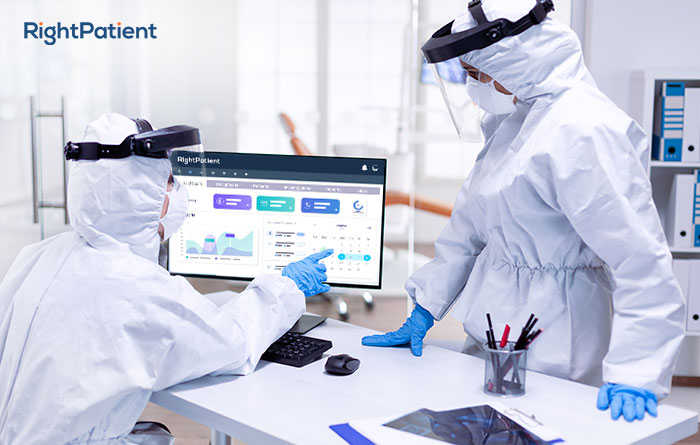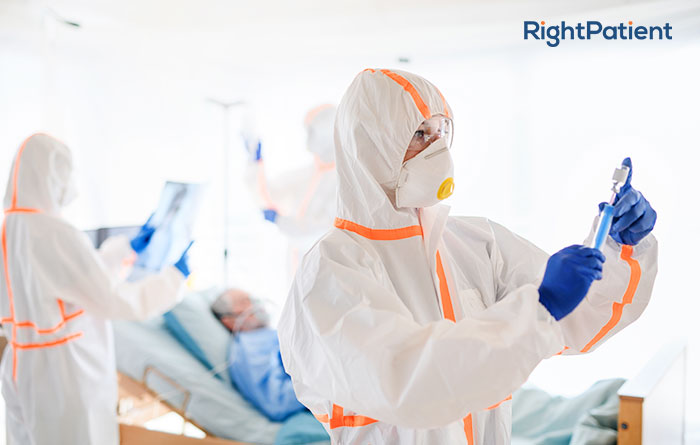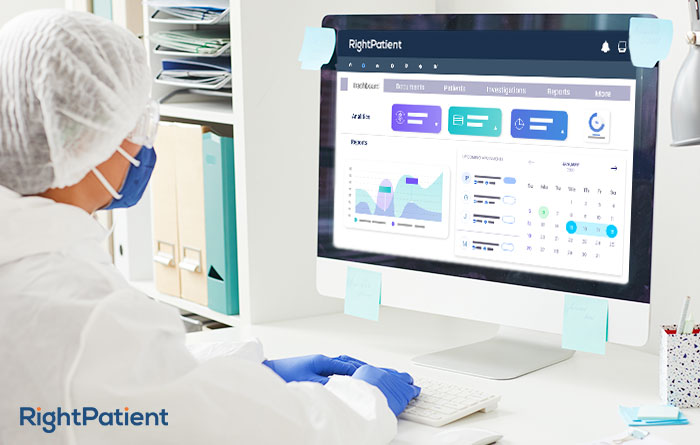Protect Patient Information During Telehealth Visits by Addressing 7 Issues
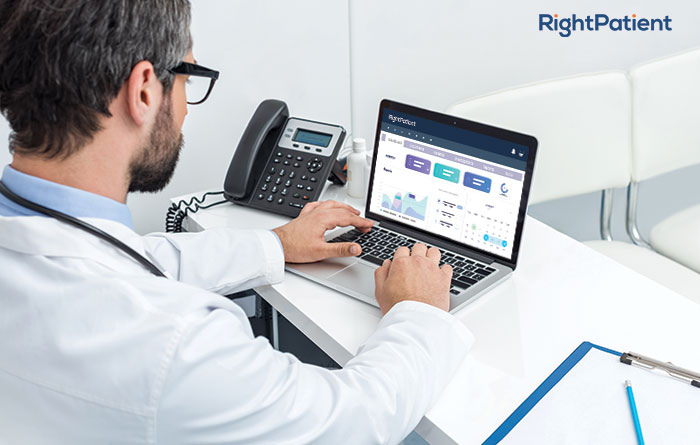
The pandemic has been spreading like wildfire, and its effects on the US have been devastating – over 12 million people have been affected by it. Hospitals barely kept up with the pandemic’s effects when it first hit the country. Now that the winter has arrived, COVID-19 cases are increasing rapidly. One of the previously overlooked aspects of healthcare, known as telehealth, has gained much attention during this period. As it ensures that non-critical patients could receive healthcare services without the risk of contracting the virus, officials were quick to redirect such patients to telehealth. As a result, telehealth usage surged and it finally got the attention it deserved. However, like everything else, it also has pros and cons, and healthcare providers must address the risks associated with telehealth to protect patient information, improve healthcare outcomes, and enhance patient safety – let’s explore.

7 issues healthcare providers must consider regarding telehealth
Cybersecurity risks
Since telehealth requires the internet, hackers are always working on new and innovative ways to steal patient data and sell it to unethical individuals, who will later assume the identities of the victims to use the healthcare services fraudulently.
Phishing attacks
One of the most common tools used by hackers is phishing, and while simple, it is quite effective. Hackers pose as officials and lead the unassuming healthcare employees to click on the links they provide. As a result, hackers gain access to the targets’ accounts and can access or steal information.
While these attacks happened prior to the pandemic, telehealth is at huge risk as well now. Phishing tactics that are currently used rely on social networking, and it might lead to users being victims down the line. Moreover, there are many instances where hackers posed as credible organizations like Microsoft.
Hackers
Hackers have been constantly trying to access patient information to steal or use it for themselves, and the sudden growth of telehealth makes it much easier for them. If telehealth sessions are done using unsecured networks, hackers can just add themselves to the session and steal patient information. They are now targeting providers using obsolete systems that have security issues and vulnerabilities, as that will be much easier to gain access to.
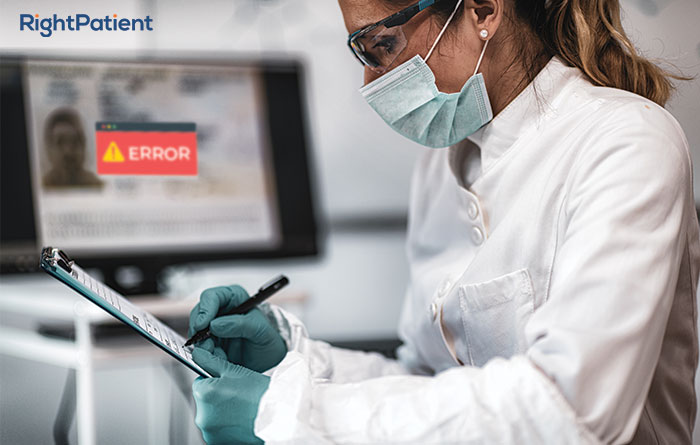
Uncertainty regarding rapidly changing rules
As the situation surrounding COVID-19 is evolving, the rules are being constantly updated. Thus, it is quite crucial to ensure that providers are up to date regarding the changes surrounding telehealth usage in order to ensure telehealth services are delivered in a manner that can protect patient information.
Fraudulent activities
There’s a much broader scope for fraud in telehealth than inpatient visits – such as kickbacks, charging for services that weren’t actually provided, misrepresentation, and so on. Even CMS is closely monitoring in order to reduce such risks. Providers must ensure that they are not being charged falsely by having all the required documentation on hand at all times.
Patient misidentification
An issue that can be commonly seen during inpatient visits, patient identification errors may very well bleed over to virtual sessions as well. The premise is just the same – misidentification at the front-end due to issues such as duplicate medical records, overlays, or human errors leading to medical record mix-ups. All of this ultimately leads to delayed care, detrimental outcomes, and compromised patient safety. Thus, accurate and secure patient identification is crucial.
Medical identity theft
One can safely assume that medical identity theft is the end result of most of the concerns listed above. Let’s explore why it is so prevalent and how it takes place.
Well, the hackers aim to steal patient information from healthcare providers, and the ones who are high-risk are the ones that have vulnerabilities such as keeping patient data unencrypted or using unsecured means to transmit or receive it. After stealing the information, they sell it to hackers for steep prices – up to $1000!
This information is available on the black market, and fraudsters buy it to pose as the victims. Armed with the credentials of the victims, they can easily pass themselves off as the patients and have access to healthcare services, expensive medical equipment, prescription drugs, and more. That’s not all – the victims will be fraudulently billed for the services used by the impostors.
Experts are predicting that such cases will transpire with telehealth visits too, and with the issues listed above, it won’t be that hard. Fortunately, RightPatient can prevent medical identity theft and protect patient information.
RightPatient can protect patients during telehealth visits
RightPatient is a touchless biometric patient identification platform that uses patients’ faces to verify their identities. While data breaches might seem inevitable, RightPatient can mitigate its losses by preventing medical identity theft in real-time.
Patients are required to take a selfie and submit a photo of their driver’s license after registration. The platform automatically compares the photos for a match and verifies patients’ identities remotely, making it ideal for telehealth sessions as well. Fraudsters are red-flagged whenever they try to use the platform and pass themselves off as the patient. RightPatient helps protect patient information, enhance patient safety, and accurately identify patients across the care continuum.

